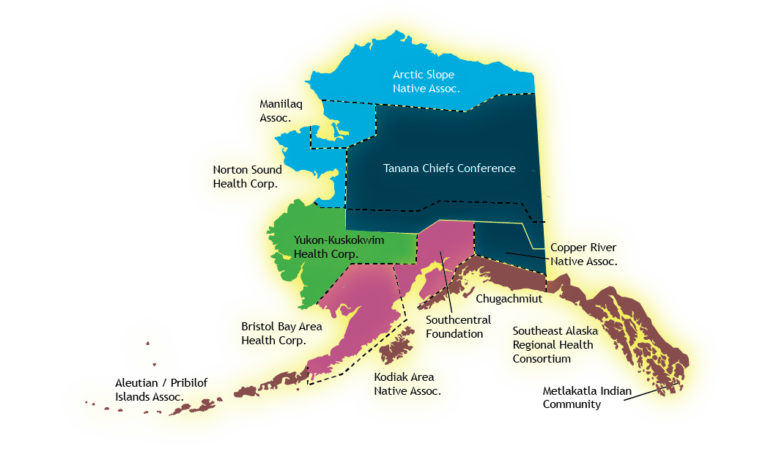
Water is an essential part of our wellness.
Hand washing, cleaning and daily hygiene are all easier with regular access to adequate water for household use. But for many Alaska communities, water insecurity is a stark reality. Alaska has the lowest rate of in-home plumbing nationwide, with over 30 remote communities that are lacking system wide plumbing.
ANTHC is partnering with these communities to improve the water and wellness connections for more Alaska Native people. This is possible for more communities than ever before thanks to the historical levels of funding from the federal Infrastructure Investment and Jobs Act (IIJA). The IIJA includes $3.5B in funding to be distributed over a span of five years ($700M annually) for Indian Health Service (IHS) to construct sanitation infrastructure for Alaska Native and American Indian Tribes nationwide.
The intent of Congress was to address all projects in the IHS Sanitation Deficiency System (SDS) as of the end of 2021. These projects are called Legacy List projects, and they tend to address higher-level deficiencies and needs. IHS has determined the IIJA funding will be used to fund Legacy List projects in priority order.
Alaska Area Indian Health Service received $271M of FY2022 IHS funding for design and construction of 115 projects and planning for 116 projects. Alaska Area Indian Health Service received $440M of FY2023 IHS funding for design and construction of 39 projects. It is important to note that 168 projects remain on the Legacy List in an amount of $1.8B, highlighting the ongoing need for funding and continued efforts to address water insecurity in Alaska.
ANTHC is working with Tribes and communities to make sure everyone who wants to pursue these legacy projects has an opportunity to do so. ANTHC is providing assistance to communities to meet the Indian Health Service’s standards for “ready to fund”. This is necessary before any future construction can even start. Additionally, ANTHC can assist with project management as funding is secured and construction happens.
We are working on getting Legacy List projects ready to fund for IIJA funds, and working with communities to identify other sanitation needs and non-IIJA sources of funding. If you don’t find your project on the Legacy List you can work with ANTHC to get your project into SDS and into another project funding stream.

What steps are needed in order to receive funding for sanitation projects?
Planning prior to funding.
Detailed planning and design.
Once designs and permits are in place, construction can begin.
Water and sanitation services are managed by ANTHC and State of Alaska Village Safe Water (VSW). Colors on map match to the ANTHC contact below.

KANA
APIA
Chugachmiut
SEARHC
Elizabeth Merrill, P.E.
Engineering Project Manager IV
(907) 306-3233
ekmerrill@anthc.org
SCF
BBAHC
YKHC
Brent Hove
Project Manager III
(907) 602-0925
brhove@anthc.org
ASNA
Maniilaq
NSHC
TCC
CRNA
Scattered Sites Statewide
State of Alaska point of contact:
All VSW-led communities can reach out to the State of Alaska.
Jason Bluhm
State of Alaska VSW Program Manager
(907) 465-5124
Jason.Bluhm@alaska.gov
IIJA is not the only opportunity for funding.